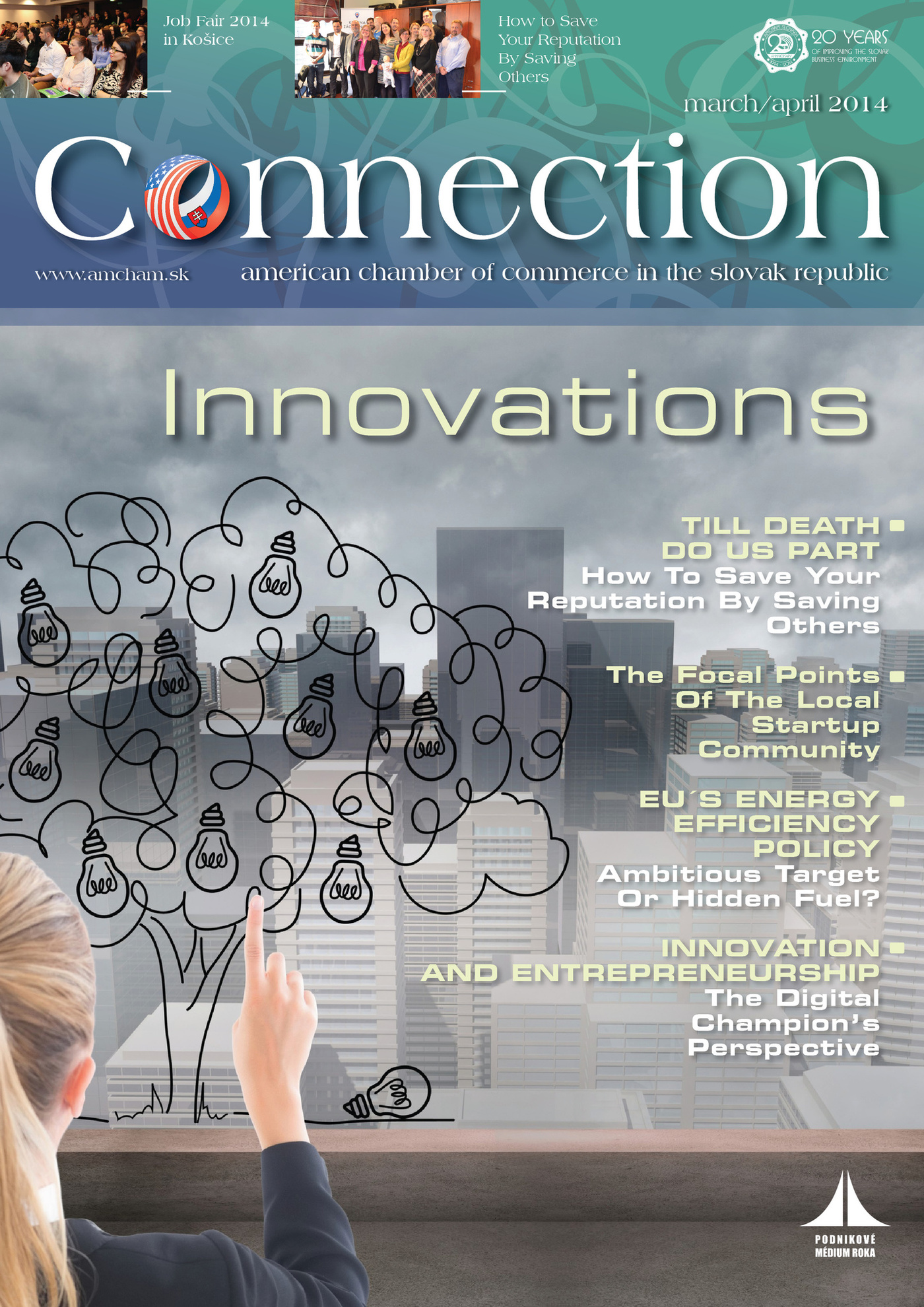Although innovation remains an often messy and usually nonlinear process, deep investigation is pointing to emerging strategies for success. Of course, human creativity has always been and still remains the bedrock of innovation. But the myth of the lone genius achieving one eureka after another in a closed room is a cartoonish, outdated cliché. There is growing understanding that real breakthrough comes from people doing the hard work of innovation together, mixing their ideas in a bouillabaisse of insights and laddered thinking. People really do need people — to deepen the pool of possibilities, to wade through the snarl of complexities, to achieve the multifaceted clarity of brilliant solutions. Happily, together is exactly the way Generation Y prefers to work, and their pervasive influence on knowledge work is being embraced by workers of all generations, thus creating a whole new set of requirements for companies that want to compete and lead.
The right kinds of workspaces can help people collaborate, share knowledge, learn together, and build the social networks of trustful interaction that are so critical for solving big challenges. As noted author and expert John Seely Brown has concluded, the cultures that constantly produce innovation have visionary leadership, an organizational commitment to breakthrough thinking, and a place that supports the work of innovation.
By closely observing innovation in action in various organizations, researchers have identified several critical components in the emerging science of innovation. Space is the stage for the overall experience and, as such, it needs to work hard on all fronts: supporting the business processes, positively influencing the culture, and fully accommodating the appropriate technology and tools. When seamlessly integrated, these components comprise a multi-dimensional “surround sound” that supports successful innovations, one after another.
Because of the symbiotic relationship of all these components, done right, the workspace can both inspire and facilitate innovation. And that’s more important today than ever. A nine-month study of U.S. companies conducted by Steelcase shows that Gen Y’s new behaviors and workstyles are driving new, dramatic shifts in knowledge work and the workplace. Moreover, these shifts are being embraced rapidly by workers of all generations. Complementing this groundswell from the rank-and-file who expect they’ll be able to be creative at work is the conviction among their leaders that, when it comes to the need for innovation, two words say it all: more and faster. This paper focuses on the findings of our secondary and primary research on innovation, which included a survey of more than 200 corporate real estate practitioners that was co-sponsored with CoreNet Global and observation studies with clients that helped to identify innovation behaviors and processes in actual work settings. Adopting methodologies from anthropology and other social sciences, Steelcase’s Applied Research Consultants and WorkSpace Futures teams, in collaboration with architects, designers and corporations worldwide, are discovering new insights into the types of spaces that work hardest to support meaningful interactions, foster collaboration, and deliver on innovation.
Making room for innovation
The survey findings suggest that innovation processes are established within most organizations. Only 9% of respondents said innovation wasn’t at all important or only somewhat important to their organization. For most (82%), business strategy is closely tied to innovation.
Over half of the respondents (55%) said they often bring people with diverse backgrounds together to work on innovation projects. A strong majority of organizations (85%) partner with outside consultants or experts to help with innovation, usually for occasional projects (67%) versus most or all projects, and two-thirds have long-term relationships
with external resources.
The survey results indicate, however, that workplace strategies may not be keeping pace with organizations’ innovation processes and ambitions. Specifically, 75% say the responsibility for innovation is spread throughout their organization versus residing within a focused team or department, and 60% say their organization’s overall work process is more collaborative than individual. When asked if their organization has spaces that support the innovation process or groups of people that are working on innovation projects, 69% answered yes. Yet, 65% say that most of their overall space supports individual versus collaborative work, revealing an impeding disconnect between intent and reality, or possibly misperceptions about what kind of spaces actually support innovation. An individual work area can’t support innovation easily, and a traditional conference room won’t either.
With innovation so important to overall strategy and organizational success, providing the right spaces to support it can fully unlock possibilities, propelling both processes and people to faster, stronger innovations.
Veronika Kollarovits, Workplace Consultant, Central / Eastern / Southern Europe, Steelcase



Follow us